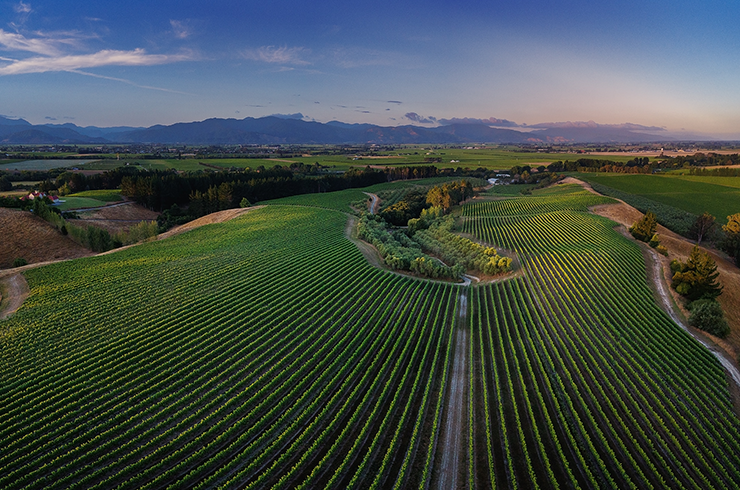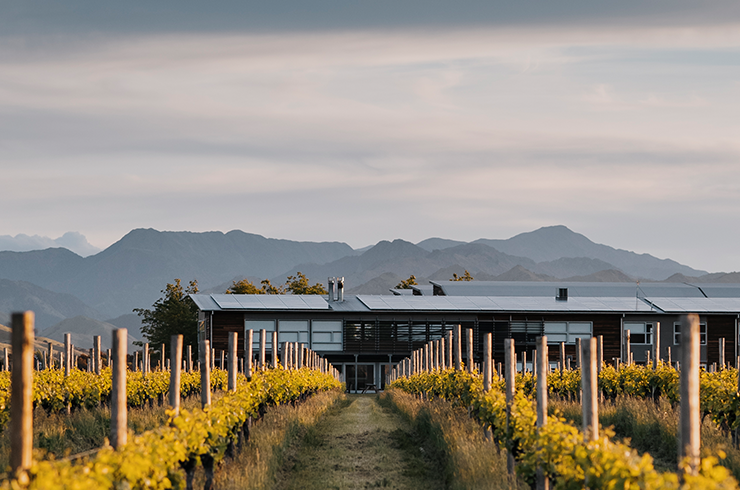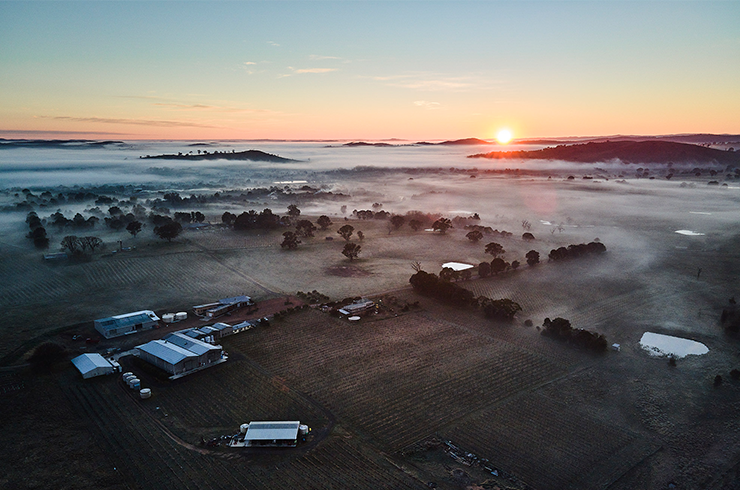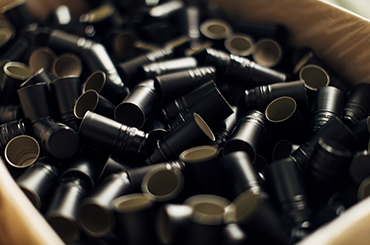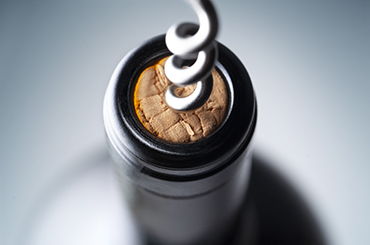Terroir Definition for Wine
You may have heard the term terroir used when talking about wine. But what is terroir? Does it change depending on the wine region – is terroir different in the Yarra Valley to Margaret River?
Terroir is a French word which cannot be adequately translated into any single English word, simply because it covers a multitude of factors. Bruno Prats, the former proprietor of Chateau Cos d’Estournel in the Medoc, explained it thus:
"The very French notion of terroir looks at all the natural conditions which influence the biology of the vines and thus the composition of the grape itself.
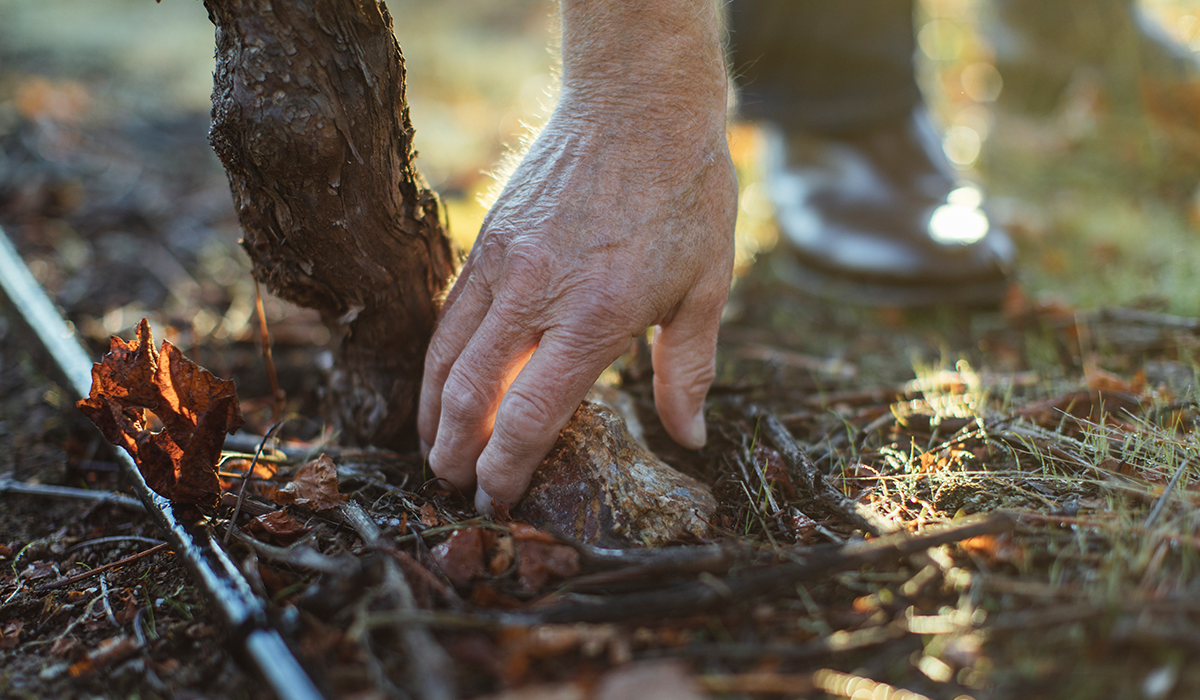
"The terroir is the coming together of the climate, the soil, and the landscape. It is the combination of an infinite number of factors: temperatures by night and by day, rainfall distribution, hours of sunlight, slope and drainage, to name but a few. All these factors react with each other to form, in each part of the vineyard, what French wine growers call a terroir."
The late Peter Sichel, former president of the Grand Crus de Bordeaux, put it even more succinctly when he said, "Terroir determines the character of a wine, man its quality."
It lies at the heart of the French appellation system, itself built up by 1000 years of practical experience and observation. This system has led to a most precise and detailed delineation of quality, to the identification of a limited number of grape varieties considered to be especially suited to the terroir (and the climate) in a particular area, and to the exclusion by force of law of all others. It has led also to the prescription of pruning methods, and to the specification of maximum yields and of minimum alcoholic strengths (solved by the use of chaptalisation).
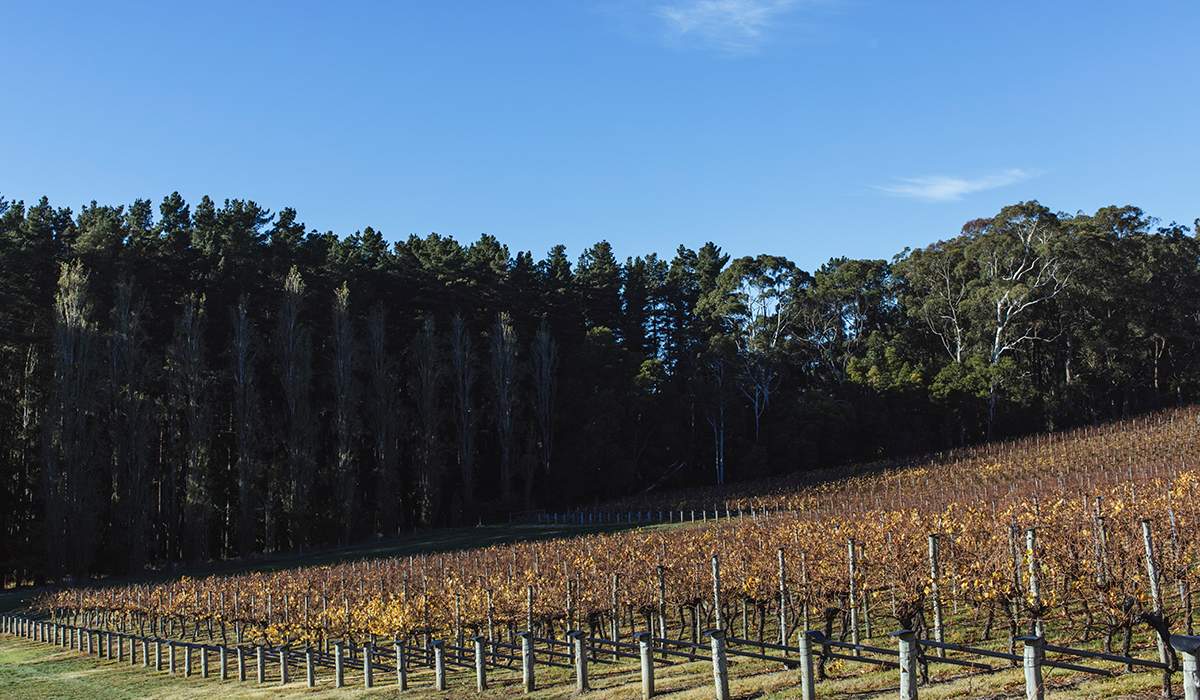
History shows that the vineyards of France were originally planted by default, in terroir which was too deficient to support other forms of horticulture or farming. In Bordeaux there is a saying: "If these soils were not the best in the world, they would be the worst."
Australian vignerons may be denied the extraordinary prestige and marketing power of the top French producers, but there are compensations: they are free of the rigidity and constraints of the appellation system, and can (and do) prove that fine wine can be made in a far wider range of circumstances than the French would ever admit.
It may well be that ignorance was bliss, but the average Australian vigneron of the recent past made little attempt to correlate specific soil types with particular grape varieties and, outside certain broad parameters, made almost no attempt to link soil type and quality (such linkage as did occur was between climate, variety and quality). Those broad parameters define an ideal soil as a sandy loam, preferably interspersed with gravel or small, fragmented rock. It should be deep, free-draining and of low to moderate fertility. There should be no mineral element deficiencies and it should have sufficient water-holding capacity to supply enough moisture to the vines to prevent premature defoliation.

Correct moisture supply to the vine is all-important and, apart from anchorage and nutrients, is the principal function of soil in determining growth. During early shoot growth until flowering (early November to late December, depending on region and variety) vines should be well supplied with moisture. By the time the fruit starts to ripen (January to February) available water should tail off, causing vegetative growth to stabilise, and the vine to focus its attention on ripening the grapes by sugar accumulation (the photosynthetic activity of the vine’s leaves causes carbohydrates stored in the system to be converted to sugar in the grapes).
All observers are agreed that the future of Australian winemaking lies in the vineyard, and, as a consequence, attitudes and practices are changing significantly. Cutting-edge technology is being used: airborne sensing via electromagnetic radiation (EMR) directed at the soil, the EMR device measuring the amount of energy reflected back. Together the radio wave emissions, radar and laser-imaging radar and near-infrared radiation data collected by the EMR device can provide detailed images of the soil structure (and vine growth and cropping levels) on areas as small as 100 square metres.
Airborne digital elevation mapping surveys have recently established that Coonawarra’s famous terra rossa soils all occur at an elevation of 54–61 metres above sea level, the adjacent unsuitable black soils at an elevation of 50–53 metres. So, within five or 10 metres, and at an elevation (say) two metres lower, you can move from some of the greatest soils in Australia to some of the worst. While this is a near unique example of terroir at work, the unhappy truth is that the boundaries of the Coonawarra GI, drawn by a court order after a long-running legal battle, are straight lines with no relationship to the red and black soil patterns.

The changes in attitude are also epitomised by the ‘distinguished site’ concept devised and promoted by Brian Croser (Tapanappa). This can be applied both to existing vineyards and (equally importantly) to sites and soil being evaluated for their suitability for plantings. The soil may be physically examined by excavation on a grid pattern as small as five square metres. Overnight, a large company can acquire intimate knowledge of its plantings; Wynns Coonawarra Estate is one example of a large producer using these techniques to selectively harvest the crop and make replanting decisions.
To summarise, the supply of moisture – neither too much nor too little, and made available at the right times – is crucial for quality grapes. If the correct supply can be achieved naturally through the soil’s moisture retention, so much the better. In France, for example, it is provided by the alluvial gravel and clay mix of Bordeaux, and the limestone marl (a mix of limestone and clay) of Burgundy. But in both Australia and France, identification of the best terroir (in the broadest sense of that term) is (or was) of paramount importance. In France, the search concluded centuries ago; in Australia, it has only just begun.
Image credits: Wine Australia and Wynns Coonawarra Estate.
Latest Articles
-
Wine Lists
The 50 most popular wines of 2025
just now -
Wine Lists
A snapshot of top New Zealand wines (all rated 91 points and above)
1 day ago -
Behind the label
Taste Aotearoa: Get to know these five New Zealand wineries
1 day ago -
Wine Lists
Just in: 14 newly reviewed wines to try this December
2 days ago
More from James Halliday
View all-
From the tasting team
James Halliday's red wines for summer
5 Jan 2023 -
From the tasting team
James Halliday on 20 years of screwcaps
2 Feb 2023 -
From the tasting team
James Halliday on the Adelaide Hills' subregional GIs
29 Jun 2023 -
From the tasting team
James Halliday on cork versus screwcap
10 Sep 2021

